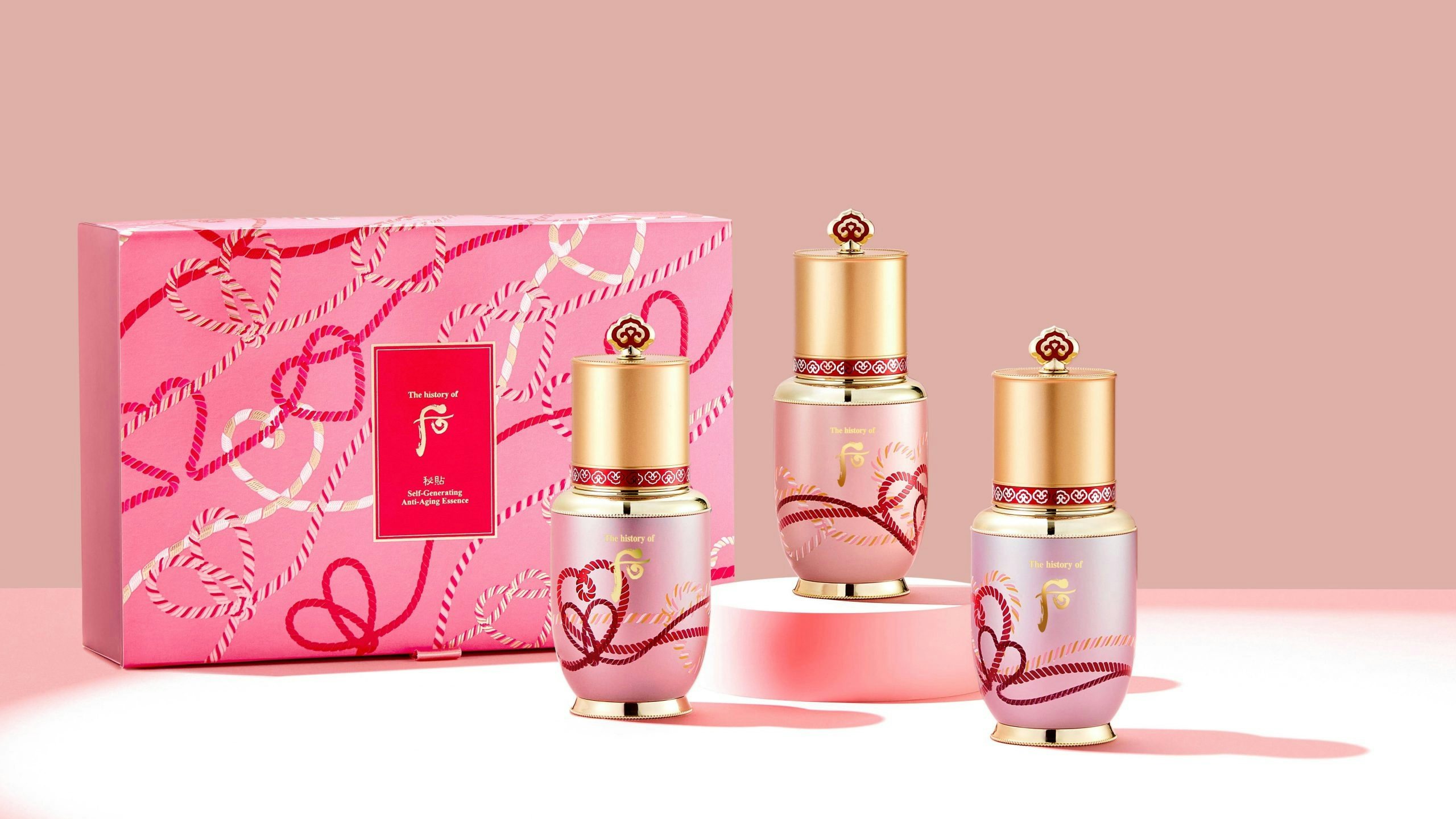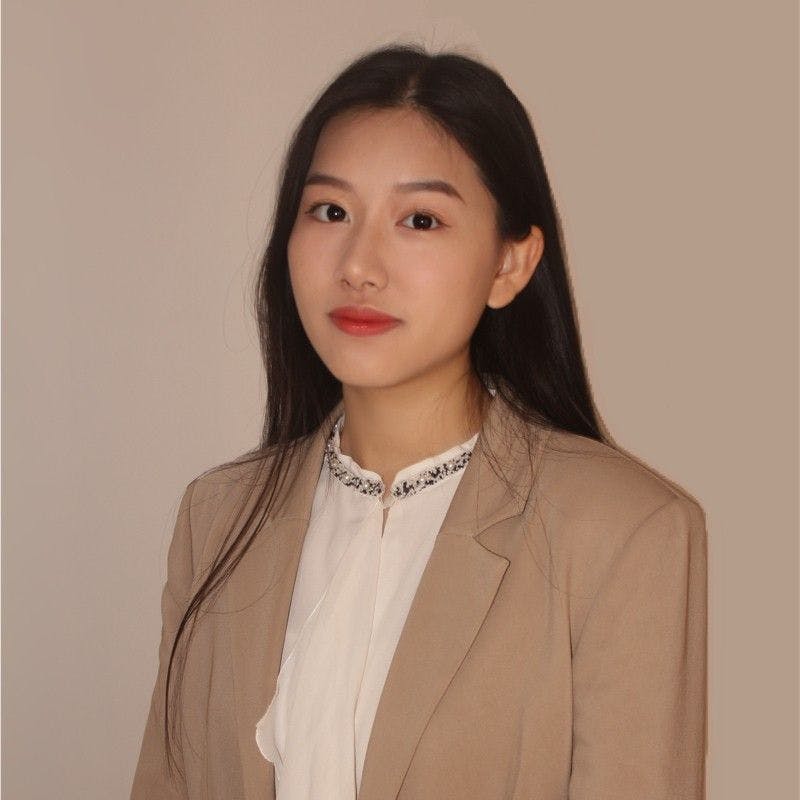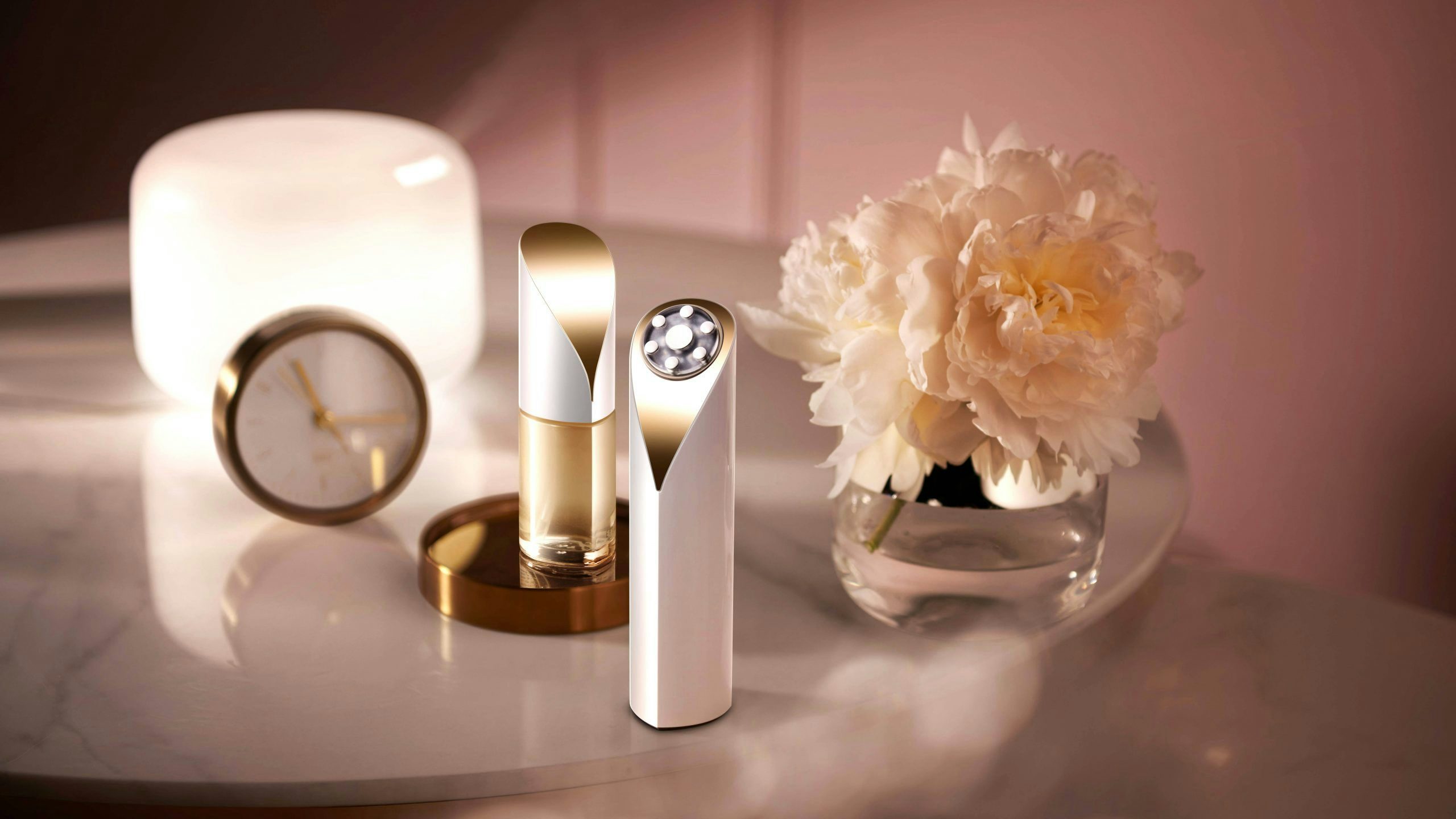Key Takeaways:#
During China’s 618 Shopping Festival, Korean premium skincare brand “Whoo” topped the beauty sales list of popular local social platform Douyin.
South Korea’s beauty industry significantly relies on Chinese consumer demand, with over 50 percent of its skincare export coming from the country.
Less financially well-off youngsters worshipping the so-called “sophisticatedly poor” trend (精致穷) have driven China's high-end K-beauty demand.
K-beauty is still a tale of two halves. The lower tier, which relied heavily on product seedings in popular Korean TV shows, has been severely impacted by the Chinese government's political response to the South Korean state's application of an American THAAD missile system. Subsequently, sales have fallen off a cliff, and Korea’s affordable names, such as brands like Innisfree and Etude House, are stuttering.
However, China’s rising living standards and ostentatious lifestyles are driving the ultra-luxury beauty sector. That means, when it comes to the premium sphere that has yet to be tapped by local rivals in the lower sector, K-beauty names like Sulwhasoo, Whoo, and Su:m have all seen bright spots.
During China’s “618 Shopping Festival,” premium Korean skincare brand “Whoo” topped popular social platform Douyin’s beauty sales list. And according to its parent company, LG lifestyle, its six luxury cosmetics brands — including Whoo, Su:m, and O Hui, among others — have all performed similarly, reaching a total of 77.9 million sales at Tmall's 618 Shopping Extravaganza, a 70-percent increase compared to last year.
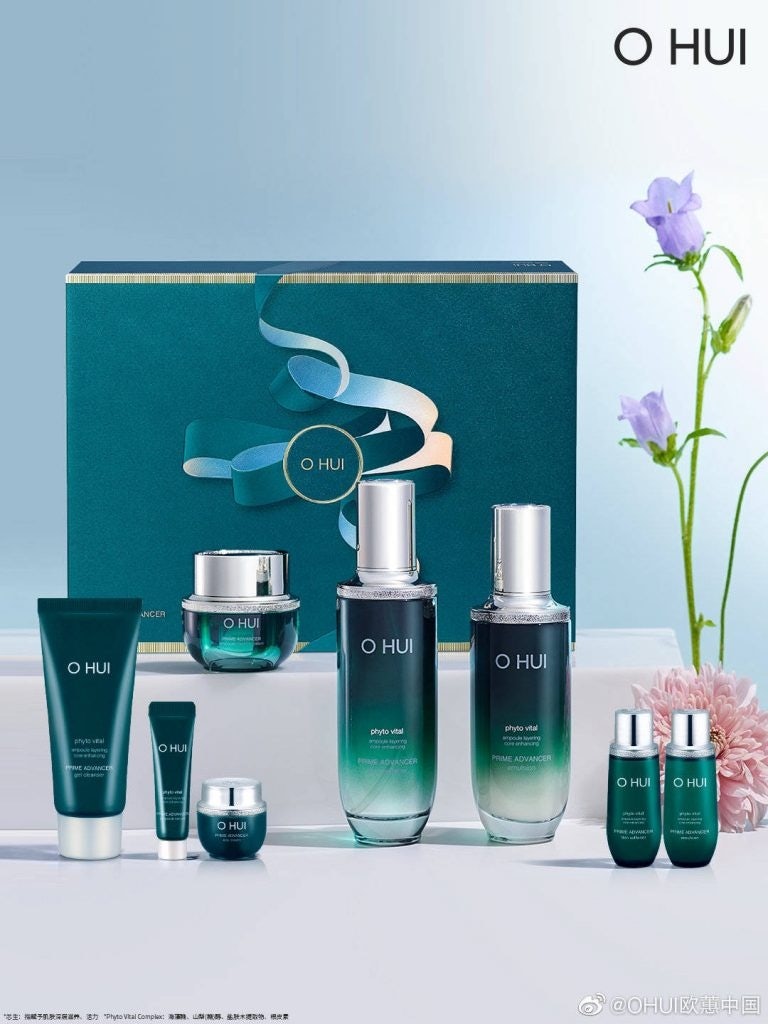
In fact, LG Lifestyle delivered record-high, first-half results this year, with the conglomerate reporting a 10.3-percent sales growth, year-on-year, hitting over 3.5 billion in sales, thanks, in part, to strong demand for its premium products in China. So, despite the poor performance of products from once-popular ‘entry price’ Korean cosmetic giants, K-beauty remains the second-most imported makeup in China after J-beauty.
Now, South Korea’s beauty industry, in particular, relies significantly upon Chinese consumer demand, accounting for over 50 percent of its skincare export. Given that, China’s makeup sector holds lucrative growth potential for high-end K-beauty brands. Here, Jing Daily analyzes the country's highs and lows while predicting its future in the segment.
China’s fever for high-end beauty has created a solid entry point#
Chinese consumers seemingly cannot get enough high-end skincare products like Japan’s SK-II, the US brand La Mer, and Korea’s Whoo. Cosmetics groups, such as Estée Lauder, Procter & Gamble, and L’Oréal, have repeatedly pointed out in their financial reports how there has been a strong demand for their premium offerings in the Mainland market. During the pre-sale of Tmall’s “Double Eleven” last year, sales of Whoo’s seven-piece, water-milk gift box set (priced at 240) reached 110 million.
According to Jenny Zhang, strategy director at the cross-cultural marketing agency TONG Digital, this craze indicates the consumer class’ rising desire for high-end brands — not just high-end beauty. “Aesthetic is a statement, and purchase decisions are not just about formations, ranges, and packaging, but also about status, social currency, and brand values,” she said.
But why are local spenders craving luxury makeup? It started even before this trend, explains Monica Chen, a young beauty fan and a student at Les Roches University. Chen believes that affordable Korean cosmetics are a starter for many, stating that “students will use [K-beauty], but once they have the economic power to afford better products, they will immediately switch to more expensive beauty brands.”
Social media has also played a crucial role here, extending this phenomenon beyond the middle class. Youngsters that aren't wealthy are following a so-called “sophisticatedly poor” trend (“精致穷”), meaning they are pursuing fancy lifestyles while being unable to afford them. In light of this new desire and along with earlier exposure to luxury cosmetics than ever, many believe that young Chinese are likely to continue using high-end skincare products as they advance in age, ignoring any route back to entry price makeup.
How Korean makeup can win back the market#
China’s growing appetite for cosmetics has convinced global and niche players to venture into the market. Still, as an Asia-based group with a long history in the country, there are four ways Korean makeup could easily win this sector.
First, livestreaming provides a great takeaway to reach a domestic audience. According to monitoring by ECdataway Dataway, during Tmall’s 2020 Double 11, Whoo appeared in a total of 305 live broadcasts via 135 anchors, including celebrity anchors Viya, Cherie, and Lie'er Baby, and exceeded over 500 million yuan in sales in only 14 minutes.
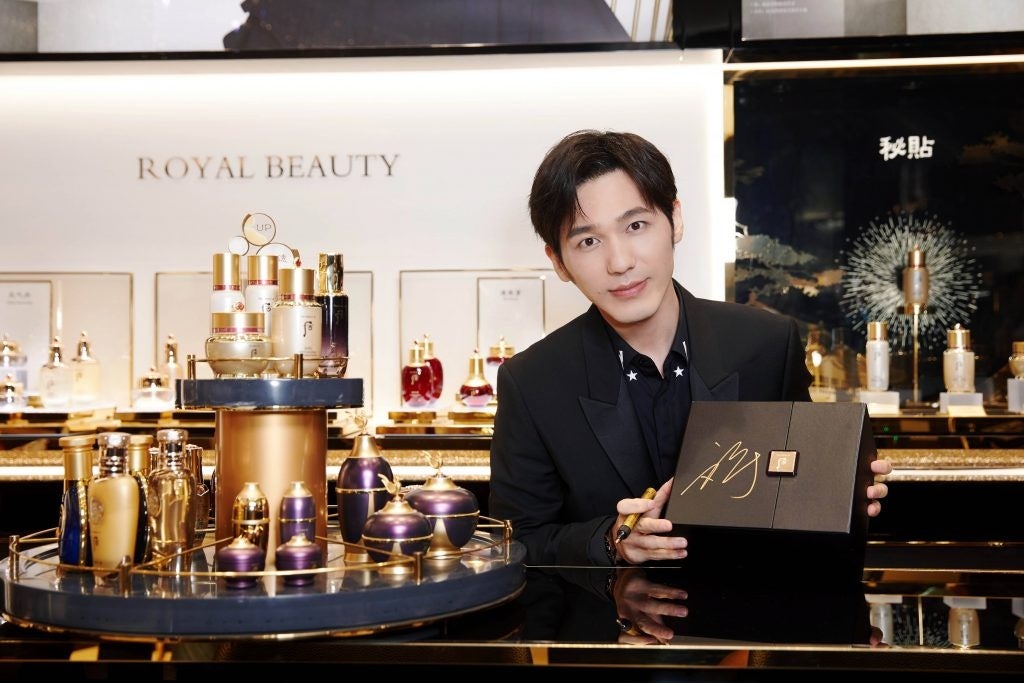
Second, Little Red Book continues to be the preferred destination for young spenders looking for inspirational beauty and fashion purchases. Chen admits she spends lots of time on the social platform checking reviews and recommendations before buying a skincare product, and many K-beauty names are active there.
Third, Korean makeup must continuously create new “It” cosmetics to retain its relevance in the market. Rather than being loyal to brands, Chinese purchasers are attentive to the effectiveness of a product and often want to test new ones. As such, K-beauty brands can offer new releases that continually excite local consumers.
And lastly, Zhang suggests that if Korean makeup brands can continue to be innovative over the long term, customers will soon meet them halfway. “Many leading K-beauty brands are already cruelty-free, and there is an opportunity to carve out a new standard for ethics and sustainability within the global beauty industry. With China’s changing regulations on animal testing, this step in the right direction — coupled with focused innovation goals — could win back China and more.”
Given the construction of the C-beauty market and the superiority of local names at the entry-level, it makes sense that the opportunity for global houses is likely to be in the premium sector. That means luxury K-beauty names are likely to do better than their lower-end stablemates if they can continue to meet China’s exacting standards — for now, anyway.
